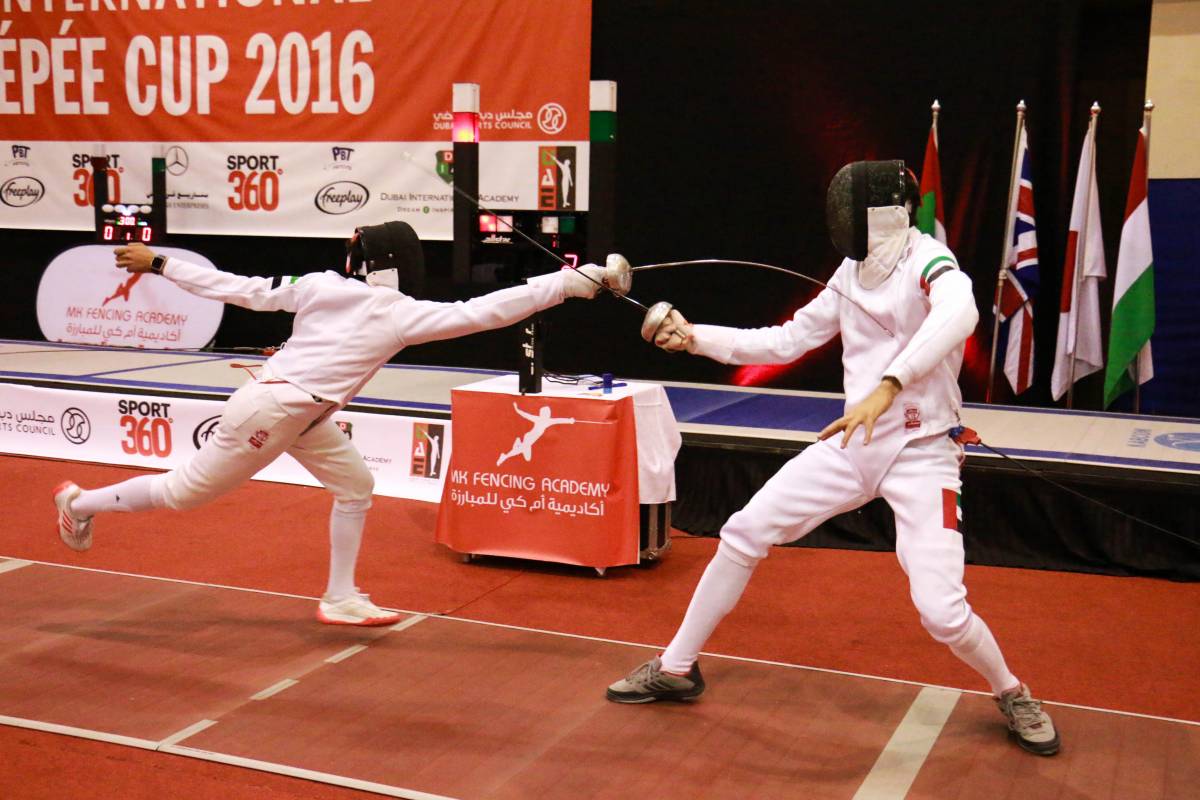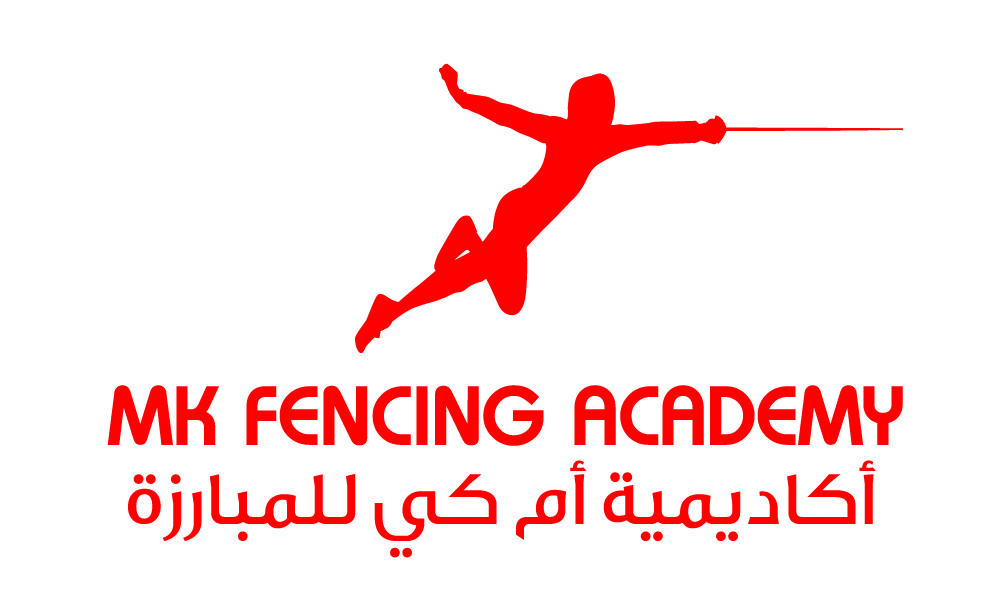
WHAT IS THE FENCING?
Fencing is a very old traditional and prestigious Olympic sport that is a challenge to both body and mind, requiring a blend of patience, determination, discipline and competitiveness.
Fencing develops dexterity, endurance, flexibility, grace, and overall fitness, while also allowing participants the opportunity to hone the mind’s problem -solving abilities. It is easily learning and, it has even melded to fit the needs of the blind and individuals using wheelchairs. This is a sport for everyone.
Fencing provides a unique mix of physical, intellectual and emotional stimulation. It is a great way to get or stay fit and meet new people.
MENTAL BENEFITS
Fencing is also a workout for the mind, requiring split second thinking to outwit your opponent.
- helps relieve stress and be a great way to let off steam and frustration
- helps develop powers of observation and understanding of strategy
- helps develop judgment and deduction skills so as to anticipate your opponent’s actions
- help develop problem-solving skills
- a perfect form of cardiovascular exercise. It is a fast-paced activity that gets the heart pumping and oxygen flowing
- helps develop muscle strength, flexibility and coordination. The diverse array of positions and movements in fencing requires pin point precision and power.
- allows you to burn calories, lose weight and tone up
Fencing is a very social activity that provides regular interaction with other like-minded individuals. Fencing can help boost your self-esteem and promote self-discipline, self-assurance, and responsibility.
The main object of a fencing bout (what an individual “game” is called) is to effectively score 15 points (in direct elimination play) or five points (in preliminary pool play) on your opponent before he scores that number on you. Each time a fencer scores a touch, he receives a point. Direct elimination matches consist of three three-minute period.
WHAT IS FENCING – EXPLAINED BY OUR YOUNG FENCERS

Solenn Le Guyon - 14 y.o.

Prune Huguet - 14 y.o.

Yasmin Jawed - 15 y.o.

Leith Bouacida - 13 y.o.

Ryan Evans - 14 y.o.

Filipe Daher - 10 y.o.

Emma Alves - 14 y.o.

